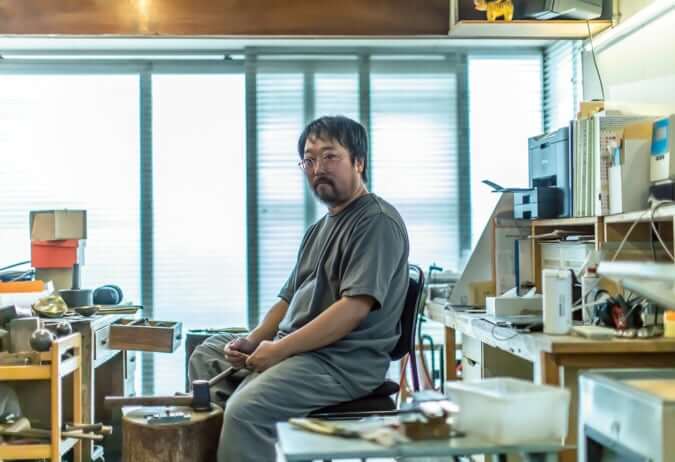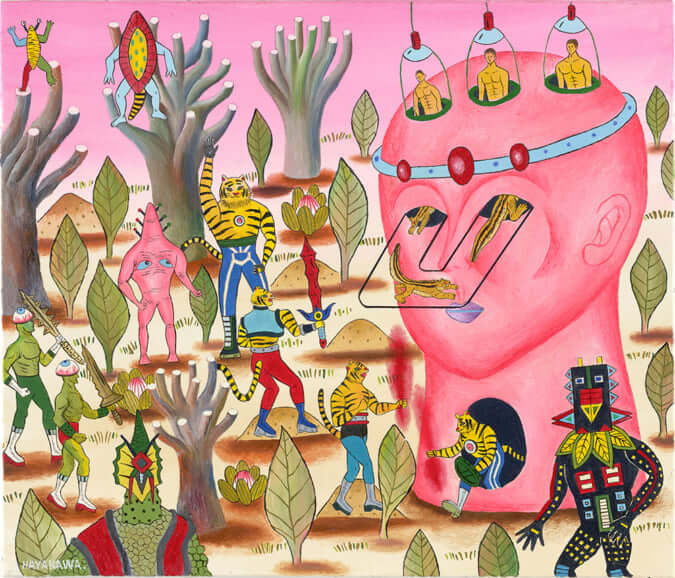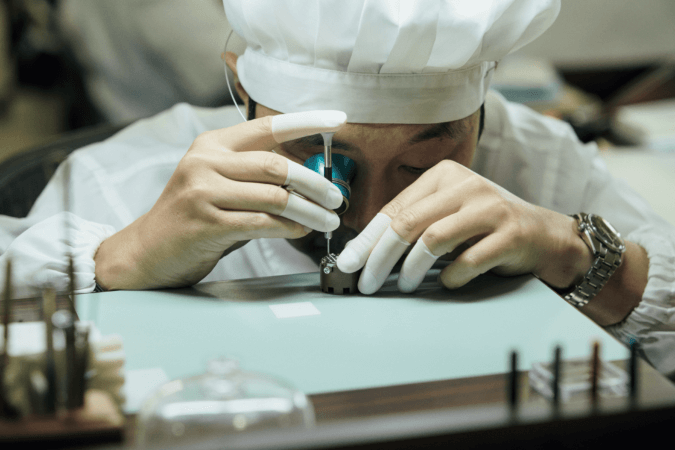Kosai Hori, a Fragile Balance Captured on Canvas
In his series 'The Garden of the Fall and Rebirth', the painter, a figure in the anti-art movement, questions the perpetual cycle of life.
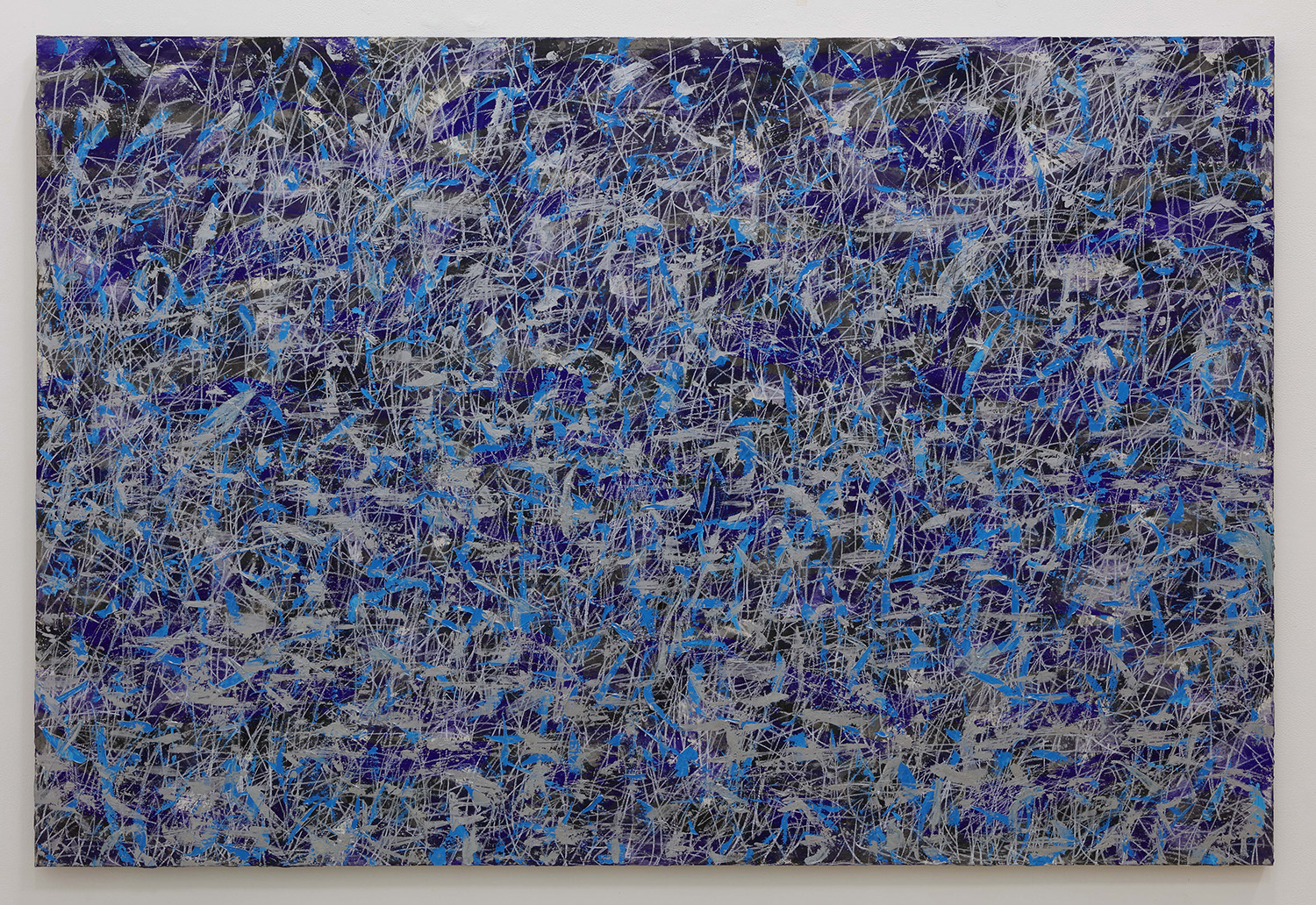
© Kosai Hori
‘Not despairing of the inevitability of the fall, but hoping to breathe life into new buds of growth.’ This is how Kosai Hori describes his series of paintings entitled The Garden of the Fall and Rebirth, created between 2015 and 2019. The canvases are covered with a multitude of strokes, layers of lines, an interlacing that gives the pieces an almost embroidered feel. The artist uses a range of different materials: Japanese ink, mineral pigments, charcoal, pencil, oil paint, pastel, and silver leaf.
Kosai Hori was born in 1947 in Takaoka, Toyama Prefecture, on the coast of the Sea of Japan. After graduating from the department of painting at Tama Art University in 1967, the artist soon became politicised as he founded Bikyoto, the Council of Artists for a United Front, an anti-art movement that questioned the heavily institutionalised nature of art. His career took off in the 1970s, when Japan was shaken by student protests. His style, which brings together elements of minimalism, conceptual art, and performance, saw his work be exhibited at the Paris Biennale in 1977 and at the Venice edition in 1984.
Paying tribute to 11 March 2011
The artist began working on The Garden of the Fall and Rebirth after taking a memorial walk along the coast of Miyagi, an area that was affected by the March 2011 disaster. As his wife read him the notes he had taken during his stay in the Tohoku region, the artist moved his hands over the canvas, marking it with lines that he considers to be like ‘graffiti, noise, even a prayer’ and thus question the continuous cycle of existence, made up of falls and rebirth.
Kosai Hori explains the reference to the ‘garden’ as follows: ‘This “garden”, which I suppose comes from the biblical tale, relates to the will of man who, having being cast out, must stand on the side of “mortality”. Perhaps the story I wish to create can only be spun from that place of mortality. Or perhaps this is the place of which I wrote long ago, of not merely standing at the “boundary line”; perhaps, this is my “battleground” to continue to revolutionise the act of painting.’
The artist compiled the pieces in this series, along with others created in the wake of his stay in Miyagi, in a book entitled Horobi to saisei no niwa, published in 2014.

© Kosai Hori
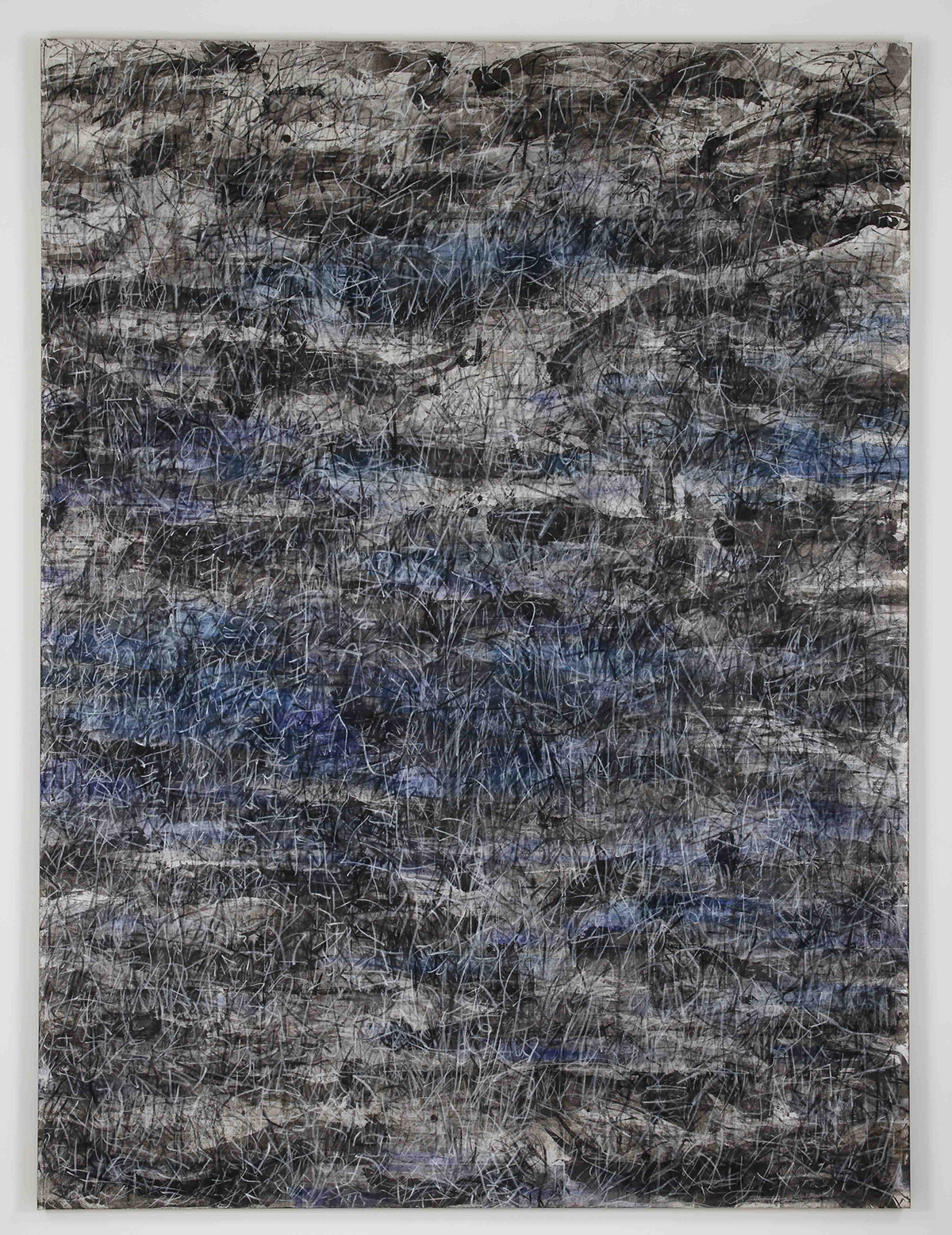
© Kosai Hori
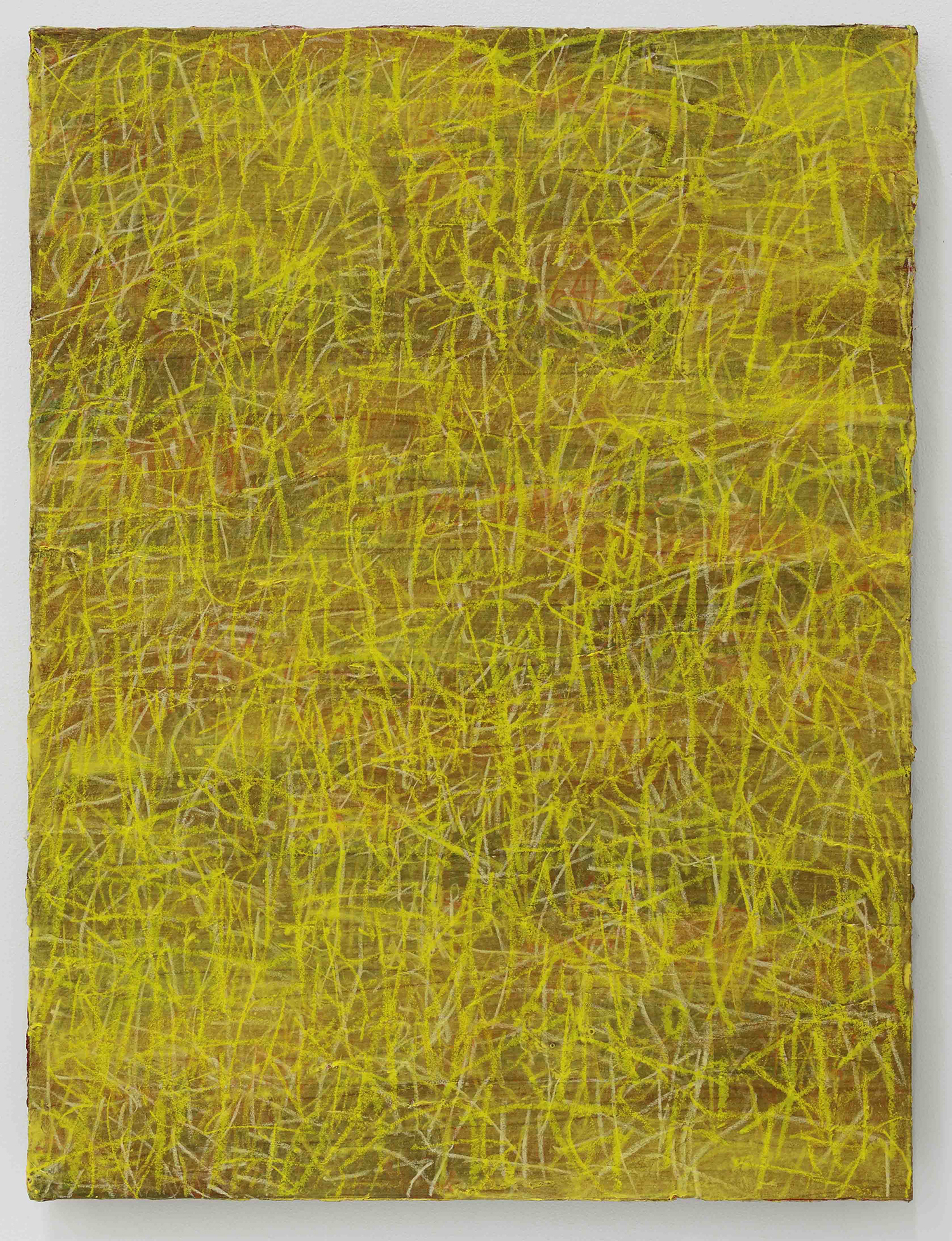
© Kosai Hori
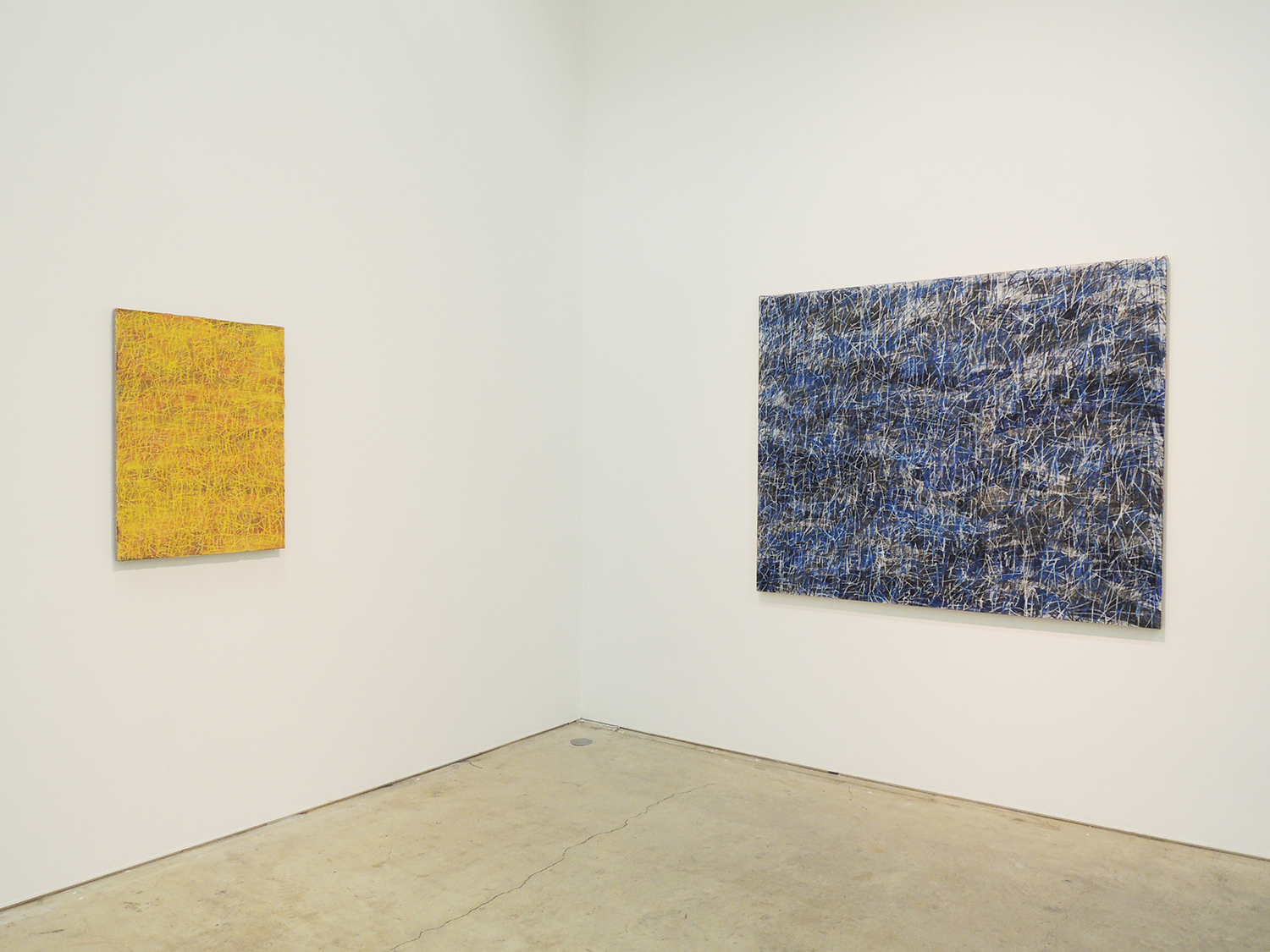
© Kosai Hori
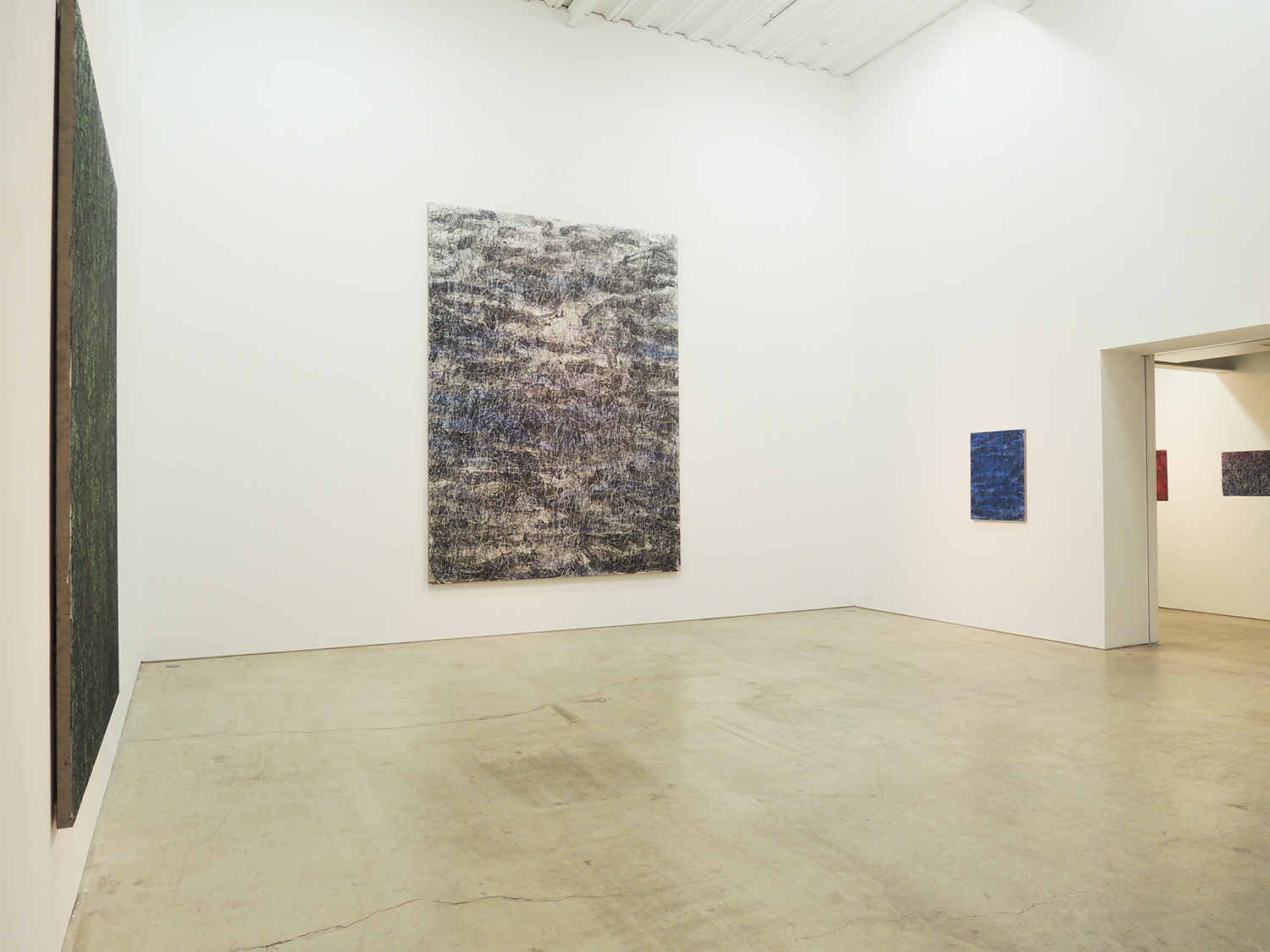
© Kosai Hori
TRENDING
-
Paris, Tokyo: Robert Compagnon
With his co-chef and talented wife, Jessica Yang, Robert Compagnon opened one of the top new restaurants in Paris: Le Rigmarole.
 3:31
3:31 -
‘It’s a sincere pleasure when the objects I make are recognised as part of the Mingei circle’
The brass cutlery meticulously shaped by Ruka Kikuchi in his Setouchi studio has earned admirers across Japan and beyond.

-
Always Shooting, Never Shot: Motohiro Hayakawa’s Fantasy Battlegrounds
In these colourful and cluttered paintings, mysterious landscapes teem with aliens, monsters, and the occasional human.

-
Inside the Heart of Japanese Fine Watchmaking, A Visit to the Grand Seiko Manufacture
These refined pieces are made in a Kengo Kuma–designed building, set in a natural environment that inspired their signature dial motifs.

-
The Tattoos that Marked the Criminals of the Edo Period
Traditional tattoos were strong signifiers; murderers had head tattoos, while theft might result in an arm tattoo.


